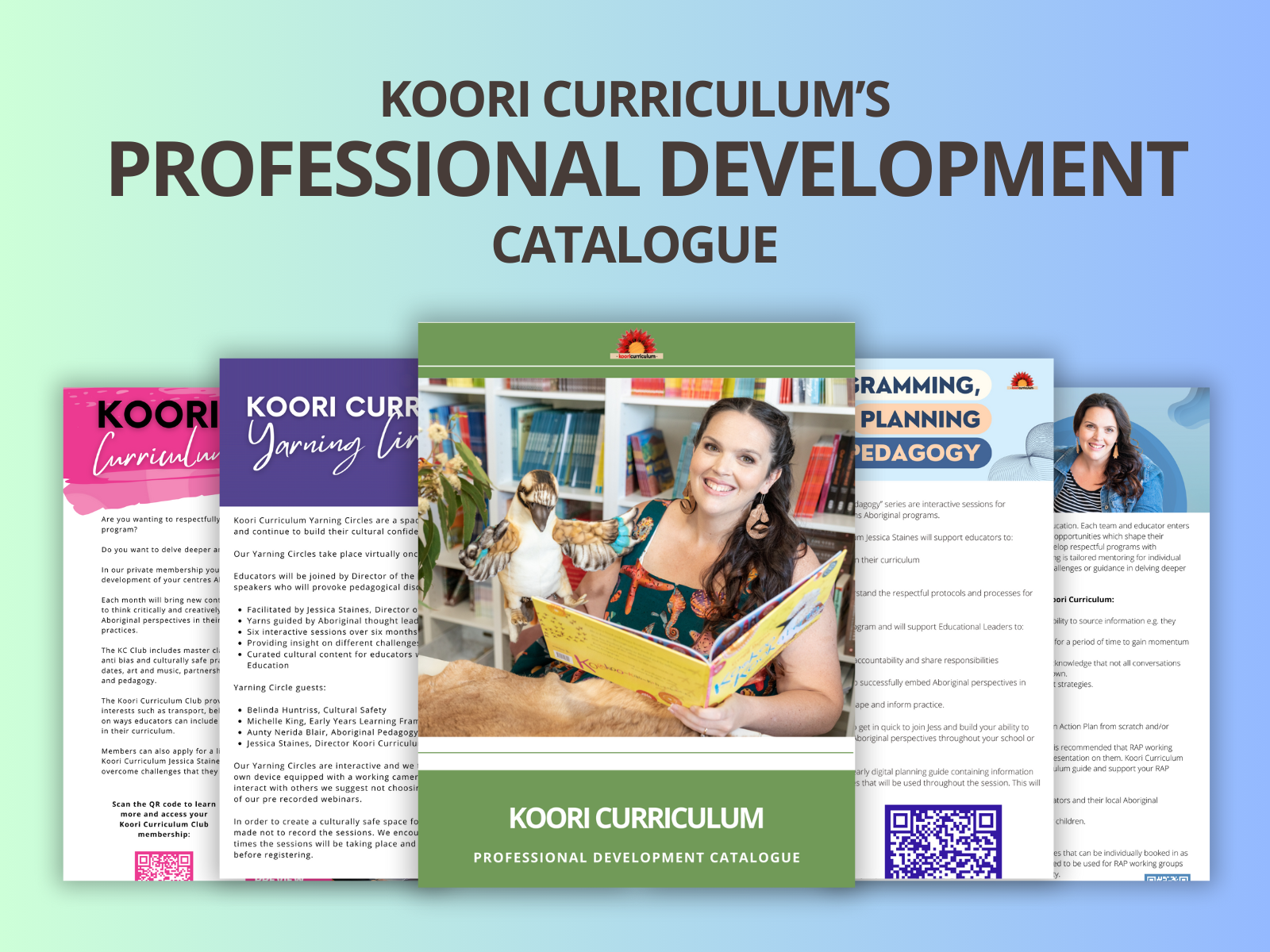
Closing the Gap

When and What is Close the Gap Day
National Close the Gap Day is observed on the third Thursday of March, falling on March 18 this year, and advocates for health equity of Australia’s indigenous people and educating the public about the health issues and barriers to well-being faced by them. Since 2007, National Close the Gap Day brings together Australians from all over the country to advocate for health equity and take meaningful action to create better and more equitable conditions for the indigenous people. The campaign encourages people and organizations to plan events that draw attention to the health issues of Australia’s indigenous people and to support legislation and programs for the improvement of their conditions.
NATIONAL CLOSE THE GAP DAY - March 18, 2021 | National Today

What Educators Can Do:
- Fundraise and donate to an organisation that provides health care for Indigenous Australians. We recommend The Purple House and/or Clothing the Gap.
- Educate yourself and those around you about unequal health outcomes. You could start here: Home | Closing The Gap
Closing The Gap Sixteen New Targets:
- Everyone enjoys long and healthy lives
- Children are born healthy and strong
- Children are engaged in high quality, culturally appropriate early childhood education in their early years.
- Children thrive in their early years
- Students achieve their full learning potential
- Students reach their full potential through further education pathways
- Youth are engage in employment or education
- Strong economic participation and development of people and their communities
- People can secure appropriate affordable housing that is aligned with their priorities and need
- Adults are not overrepresented in the criminal justice system
- Young People are not overrepresented in the criminal justice system
- Children are not overrepresented in the child protection system
- Families and households are safe
- People enjoy high levels of social and emotional wellbeing g
- People maintain a distinctive cultural, spiritual, physical and economic relationship with their land and waters
- Cultures and languages are strong supported and flourishing.

Want to learn more?
We recommend reading the bookTeaching Indigenous Students: Cultural Awareness and Classroom Strategiesfor Improving Learning Outcomes by Thelma Person and Colleen Hayward.



